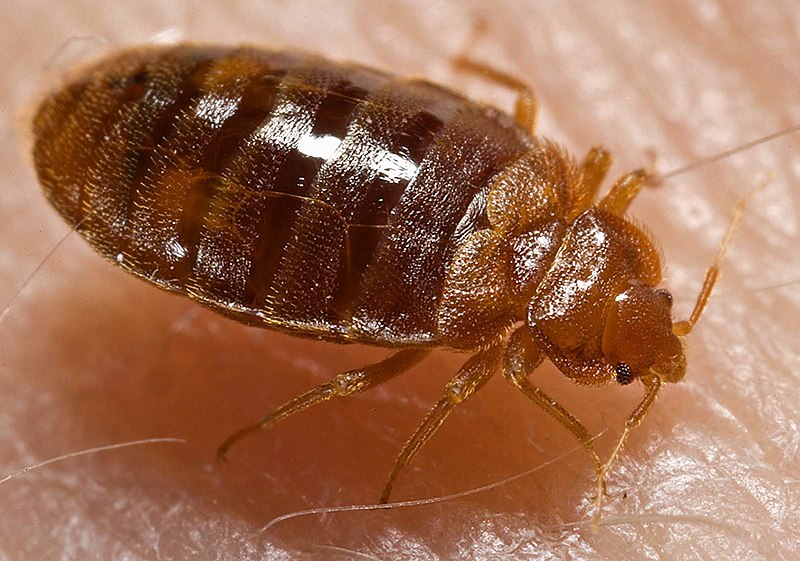Fichier:Bed bug, Cimex lectularius.jpg
Kiɖe tɛɛ takayaɣ (Kpaɣna pɩkɩsɛlɩ 1 600 nɛ pɩtalɩ 1 122 ñɩŋgʋ, takayaɣ walanzɩ : 161 kio, MIME akɩlɩ : image/jpeg)
Takayaɣ caanaʋ tɔm kɛdʋʋ
Tukina efemiye nɛ ñɩɣtʋ nɛ ŋna takayaɣ kanɛ ɛzɩ kaawɛʋ alɩwaatʋ ndʋ tɩ-taa yɔ.
| Efemiye nɛ ñɩɣtʋ | Tampɔɔ | Walanzɩ | Labɩnayʋ | Tɔm taa nuutuu | |
|---|---|---|---|---|---|
| lɛlɛɛyɔ | 17 Agoza fenaɣ 2007 à 14:11 |  | 1 600 × 1 122 (161 kio) | Patho | == Summary == {{Information |Description=ID#: 9822 Description: This 2006 photograph depicted an oblique-dorsal view of a '''bed bug nymph, Cimex lectularius''', as it was in the process of ingesting a blood meal from the arm of a “voluntary” human h |
Takayaɣ labɩnaʋ
Takayɩhayʋʋ kɩtɩŋʋʋ lakɩna takayaɣ kanɛ tʋmɩyɛ :
takayaɣ labɩnaʋ nɛ paa anɩ
Wikinaa kɩtɩŋaa lɛlaa lakɩna kɩlɛmʋʋ kʋnɛ nɛ tʋmɩyɛ :
- Labɩnaʋ af.wikipedia.org yɔɔ
- Labɩnaʋ an.wikipedia.org yɔɔ
- Labɩnaʋ ar.wikipedia.org yɔɔ
- Labɩnaʋ arz.wikipedia.org yɔɔ
- Labɩnaʋ ast.wikipedia.org yɔɔ
- Labɩnaʋ azb.wikipedia.org yɔɔ
- Labɩnaʋ be.wikipedia.org yɔɔ
- Labɩnaʋ bg.wikipedia.org yɔɔ
- Labɩnaʋ bjn.wikipedia.org yɔɔ
- Labɩnaʋ bn.wikipedia.org yɔɔ
- Labɩnaʋ bs.wikipedia.org yɔɔ
- Labɩnaʋ ca.wikipedia.org yɔɔ
- Labɩnaʋ ca.wiktionary.org yɔɔ
- Labɩnaʋ ceb.wikipedia.org yɔɔ
- Labɩnaʋ cs.wikipedia.org yɔɔ
- Labɩnaʋ cv.wikipedia.org yɔɔ
- Labɩnaʋ dag.wikipedia.org yɔɔ
- Labɩnaʋ de.wikibooks.org yɔɔ
- Labɩnaʋ din.wikipedia.org yɔɔ
- Labɩnaʋ el.wikipedia.org yɔɔ
- Labɩnaʋ eml.wikipedia.org yɔɔ
- Labɩnaʋ en.wikipedia.org yɔɔ
- Labɩnaʋ en.wikinews.org yɔɔ
- Labɩnaʋ en.wiktionary.org yɔɔ
Cɔna takayaɣ labɩnaʋ tɩŋa


